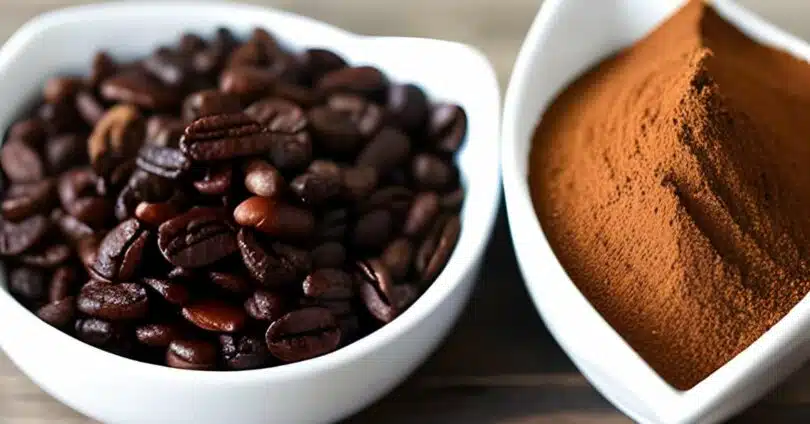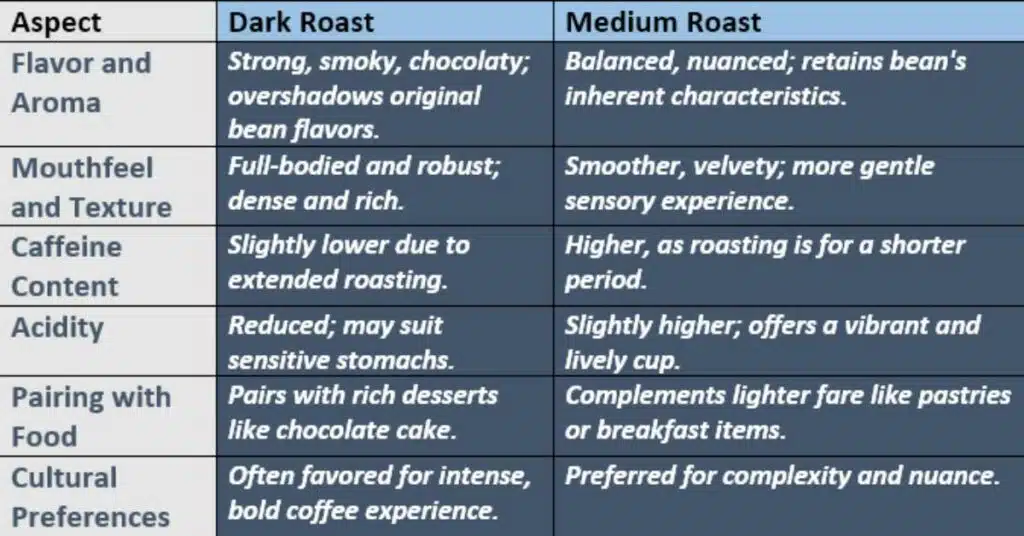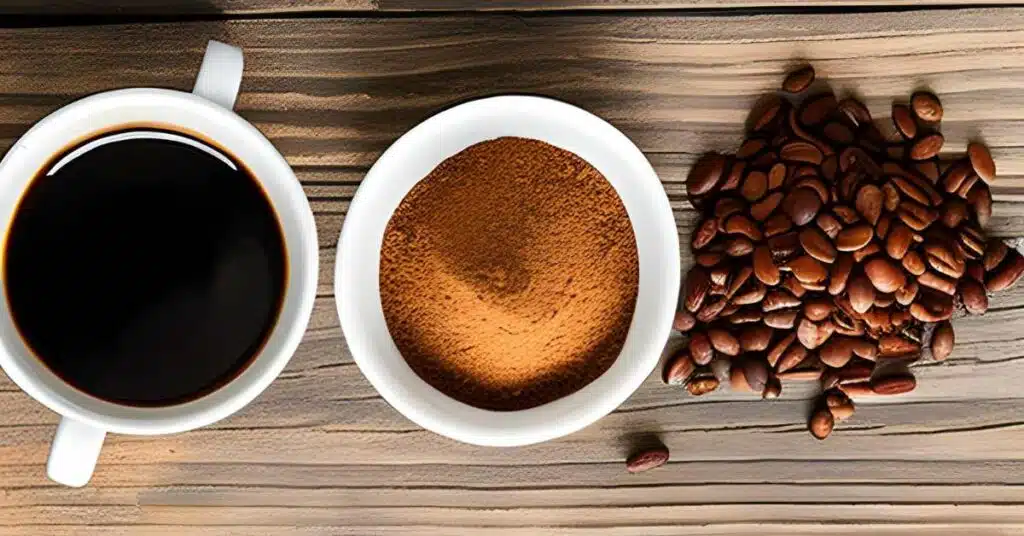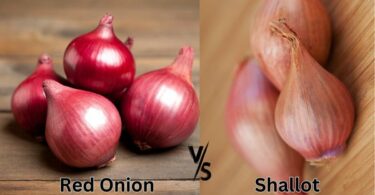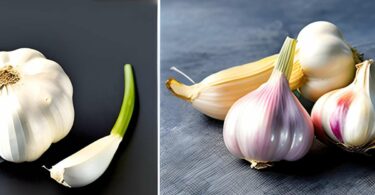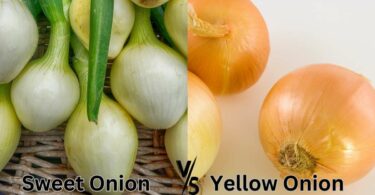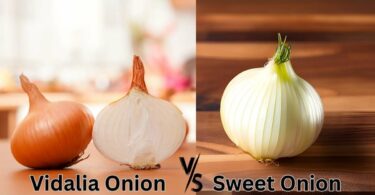Ah, coffee! That magic potion that wakes us up and warms our soul. Whether it’s the ritual of brewing or the delightful aroma that fills the air, coffee is much more than a mere beverage. It’s an experience. It’s art. Within this world of coffee flavors lies a battle of beans. It’s not a duel, but rather a dance between dark roast and medium roast. Two distinct flavors, two different personalities, yet united by the love of coffee enthusiasts around the world. Let’s explore and celebrate these two popular roasts with Ninja CFP300, CFP301, CFP451CO, and CFP307 coffee makers.
Exploring the Flavor Frontier: Dark Roast vs Medium Roast Coffee
The main difference between dark roast and medium roast is that dark roast coffee undergoes a longer roasting process at higher temperatures, resulting in a bolder, richer flavor, while medium roast coffee is roasted for a shorter time at lower temperatures, preserving a more balanced and nuanced flavor profile. This distinction leads to several key differences that coffee lovers should be aware of:
Difference 1: Flavor and Aroma
- Dark Roast: The extended roasting time at higher temperatures imparts a strong, smoky, and chocolaty flavor. It often overshadows the original flavors of the coffee bean, focusing on the deeper notes.
- Medium Roast: Roasted at a more moderate temperature, medium roast retains some of the bean’s inherent characteristics. It offers a pleasing harmony of acidity, body, and aroma, allowing fruity or floral notes to shine.
Difference 2: Mouthfeel and Texture
- Dark Roast: Full-bodied and robust, dark roast provides a dense and rich mouthfeel, satisfying those who prefer a substantial cup of coffee.
- Medium Roast: Medium roast is known for a smoother and more velvety texture, appealing to those who enjoy a more gentle sensory experience.
Difference 3: Caffeine Content and Acidity
- Dark Roast: Darker roasting breaks down more caffeine, resulting in a coffee with slightly lower caffeine content. The acidity is also reduced, which may be preferred by those with sensitive stomachs.
- Medium Roast: Since it’s roasted for a shorter period, medium roast retains more caffeine and has a slightly higher acidity level. It offers a vibrant and lively cup, energizing the palate.
Difference 4: Pairing with Food
- Dark Roast: Perfect for pairing with rich and indulgent desserts, dark roast complements flavors like chocolate and caramel.
- Medium Roast: With its balanced taste, medium roast is a versatile partner for lighter fare, such as pastries or breakfast items.
Difference 5: Cultural and Personal Preferences
- Dark Roast: Often favored by those who enjoy an intense and bold coffee experience.
- Medium Roast: Preferred by those seeking complexity and nuance, allowing the coffee’s origin flavors to be more discernible.
Defining the Roasts: Dark & Medium Uncovered
Dark Roast: Rich and Bold
Dark roast beans are roasted to a temperature that often reaches 465°F (240°C), giving them a dark brown, almost chocolate color. This roast level creates a flavor that’s rich, smoky, and often associated with a more full-bodied experience. The longer roasting time breaks down more of the beans’ complexity, emphasizing deeper and bolder flavors.
Medium Roast: Balanced and Flavorful
In contrast, medium roast beans are roasted to a temperature around 410-430°F (210-220°C). This level produces a more balanced taste, highlighting both the original flavors of the bean and the roasting process. Medium roasts are known for a pleasing harmony of acidity, body, and aroma.
The Roasting Process: Heat and Time’s Impact
The Art of Timing
Roasting coffee is a delicate dance of time and temperature. Dark roast requires more time in the roaster, allowing the heat to penetrate deep into the bean. The result is a bold, less acidic coffee with flavors that lean towards chocolate and caramel. Medium roast, on the other hand, spends less time exposed to heat, preserving more of the bean’s inherent characteristics.
Temperature: Striking the Perfect Balance
Temperature plays a vital role in defining the roast levels. Higher temperatures used in dark roasting bring out strong, pronounced flavors. Meanwhile, medium roast’s temperature creates a gentler, nuanced profile, maintaining the bean’s natural flavors. Mastering the right balance of temperature and time is the secret behind the perfect cup of coffee.
Taste Test: Comparing Flavors and Aromas
The Sensory Experience: Mouthfeel and Nuance
The difference between dark and medium roast extends beyond mere appearance. In a dark roast, the intense flavors often mask the origin characteristics of the bean, emphasizing chocolaty and smoky notes. Medium roast, on the other hand, offers a balance that allows the true nature of the bean to shine, with more noticeable fruity or floral notes. The mouthfeel, or texture, also varies, with dark roast being fuller and medium roast more velvety.
Pairing with Food: Culinary Companions
Matching coffee with food is an art. Dark roast, with its robust flavor, pairs wonderfully with rich desserts like chocolate cake, while medium roast’s balanced profile complements lighter dishes such as croissants or fruit tarts. It’s a culinary dance that enhances the joy of both food and beverage.
Health Benefits: Unraveling the Mysteries of Roast Levels
A cup of coffee is packed with antioxidants and nutrients, but did you know that the roast level can affect its health properties? Dark roasts are known to contain less caffeine and acidity, potentially making them a gentler option for sensitive stomachs. Medium roasts may retain more antioxidants due to the shorter roasting time. However, it’s essential to note that the differences are subtle, and both roasts offer substantial health benefits.
Preference & Popularity: What Do Coffee Lovers Prefer?
The love for dark or medium roast often boils down to personal preference. Some crave the bold intensity of a dark roast, while others revel in the subtler, nuanced flavors of medium. Cafes and homes around the world embrace both, catering to a wide array of tastes. Cultural influences also play a role, with different regions favoring one roast over the other.
Conclusion: The Harmony of Diversity
Dark roast vs medium roast – it’s not a battle but a beautiful symphony. Each has its melody, rhythm, and charm. They cater to different palates but unite in their ability to provide comfort, pleasure, and connection. Whether you prefer the bold embrace of dark roast or the gentle touch of medium, the world of coffee is rich and welcoming, waiting for you to take that delightful sip.
This comprehensive guide provides insights into the intricate world of dark and medium roast coffee. From the roasting process to taste, health benefits, and cultural preferences, it celebrates the diversity and artistry behind your favorite cup of joe.
Grab a cup, and enjoy the journey!

